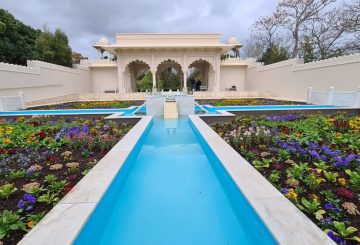气候变化委员会表示,新西兰需要在2040年之前停止进口汽油车,以实现将温室气体排放量减少到每年2700万吨以下的新目标。该委员会认为,新西兰应提高其2050年的气候目标,因为该国目前的努力不符合国际标准。
该委员会还建议,新西兰应将进出该国的飞机和船只的温室气体排放纳入其气候目标。这些排放量占2019年该国总排放量的9%,但由于一个常见的漏洞,目前尚未计算在内。
该委员会提出了2036-2040年的新排放上限,这将要求到2035年几乎所有新车进口都必须是电动的,到2040年,13%的支线飞机旅行必须是电动的。该委员会还预计,牛奶产量将保持在目前的水平,但奶牛数量将减少,并且将从奶牛养殖向园艺业。
该委员会认为,与不采取行动相比,满足其拟议预算将产生更多的经济效益,仅改善空气质量每年就能节省27亿美元。当前的2050年目标是实现二氧化碳和一氧化二氮的净零排放,与2017年的水平相比,甲烷排放量减少24-47%。
在向政府提出最终建议之前,该委员会正在征求公众对这些提案的反馈。该委员会还希望收紧该国未来十年的排放预算,以确保在减排方面取得真正的进展。
该委员会的分析草案表明,不包括农场动物中的甲烷,新西兰可能在2040年左右实现碳中和。在向降低碳排放过渡的整个过程中,预计经济将继续增长。该委员会的提案将在5月31日之前公开征求公众意见,并将在今年年底之前向政府提出最终建议。



























































